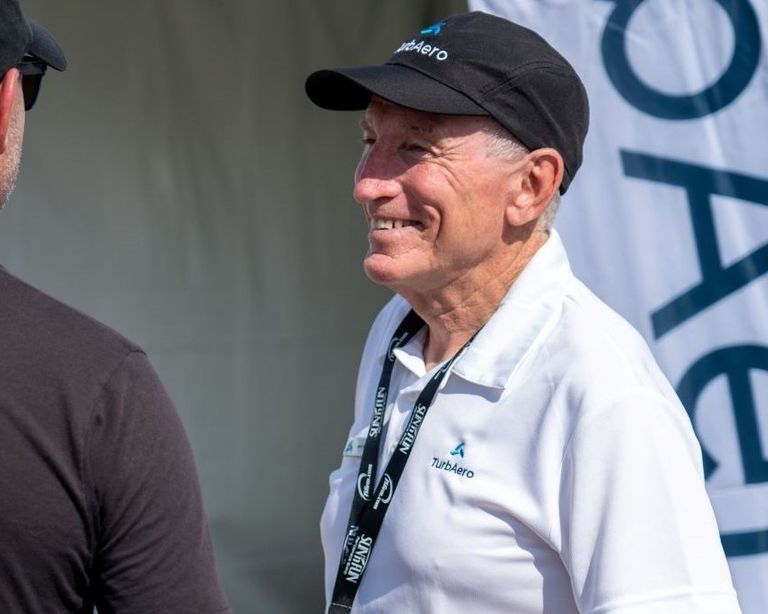TurbAero exhibited at SUN ‘n FUN in Lakeland, Florida in April this year. Visitors to the booth asked lots of questions during the week, but there were three in particular (apart from price) which were asked most frequently. We wanted all of our readers to have access to the answers to these three top questions from SUN 'n FUN too.
If you have other questions and can’t find an answer to them on our website, you can Contact Us on the button at the bottom of this article or post them in our forum.
The top three questions asked of us at SUN ‘n FUN were:
- What is the anticipated weight of the engine?
- When will the engine be certified?
- Is there an engine currently installed in an aircraft and flying?
What is the anticipated weight of the engine?
The Talon has an anticipated installed weight of 270lbs. This figure includes all accessories necessary for engine operation, but does not include the weight of the propellor.
The majority of this weight stems from the incorporation of recuperator technology. In a previous article, we outlined the decisions and trade-offs we made during the recuperator design process. One of these design considerations was the additional weight a larger, or denser recuperator would add. We decided that, for an aero application it was important that the weight stay as low as possible, despite the small sacrifice this brings in efficiency.
Even with a recuperator our engine will likely weigh less than traditional piston engines allowing for an increase in payload. The difference in weight between the Talon and its competitors will be generally great enough to overcome the fact that the Talon operates on Jet A fuel, which is slightly more dense than 100LL.
One aspect to consider when installing the Talon into your aircraft is how it will affect its centre of gravity. Whilst the Talon will weigh significantly less than its main competitors, most of its weight is held towards the front of the engine, where the recuperator and gearbox lie. One of our goals is to make retrofitting a Talon into your aircraft as simple as possible. As every aircraft is different, it is impossible to state definitively what will need to be done in order to ensure yours remains within the centre of gravity envelope. However, we anticipate that in most airframes the adjustments required when retrofitting the Talon into your aircraft would not be extensive.
Whilst this weight figure has been generated since completion of the initial design phase, it remains a preliminary target and is subject to some variation pending the final design for the engine.
When will the engine be certified?
As of initial release, the engine will be available for installation in experimental aircraft only. However, we intend to undertake certification of the engine shortly thereafter. Undertaking certification is a lengthy process, where the engine undergoes strict testing to ensure its reliability, safety, and that it meets airworthiness standards. Throughout the design phase we have kept these standards in mind, with the aim of streamlining this process once it is commenced.
Is there an engine currently installed in an aircraft and flying?
At this current stage, we do not have an engine installed in an aircraft and flying. We have completed the initial design of the engine and are currently sourcing and manufacturing parts for the first prototype. After the prototype is assembled and running on the test stand, the next stage will be to install one into an aircraft and begin flight testing. It is during this flight-testing phase where we will operate the engine in as many real world conditions and scenarios as possible, continuously gathering data to improve the design and to ensure that all of our targets have been met. We have a couple of airframes available to us for this task, including our Arion Lightning – which we currently have stored in our Australian workshop, ready for an engine. We also have a partially built RV-7A to which we will complete the build and then convert it to a turboprop. We are documenting this journey on YouTube in our 'Build an RV7T with me' series.


